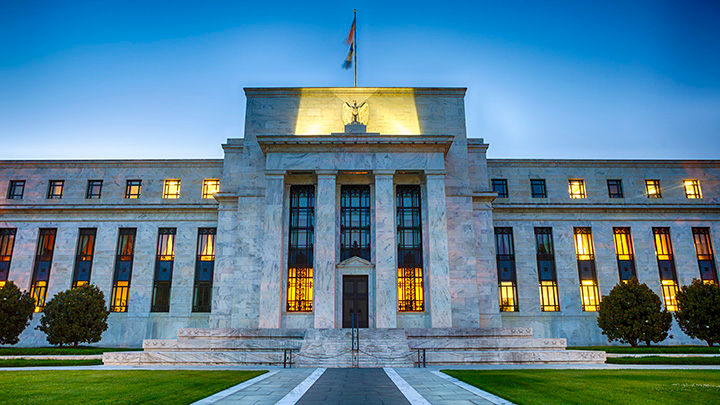Europe's equity markets are back in vogue. Long overshadowed by Wall Street and America's high-flying tech sector, European stocks are drawing renewed interest from investors searching for better bargains compared with hefty valuations in the US. This value proposition has helped the UK's FTSE 100, Germany's DAX, and the continent-wide STOXX 600 post strong gains since the start of the year, outperforming the S&P 500. The region's macro picture remains worrisome, but investors have taken solace in recent trade news with Europe avoiding new US tariffs for now. Other policy shifts are also at play. Some of the best performers in European markets are defense contractors, which are well positioned to benefit as governments move to reinvest in their militaries. Before traveling to meet with President Donald Trump, Prime Minister Keir Starmer said on Tuesday the UK's defense spending will rise from 2.3% to 2.5% of GDP by 2027, setting a goal of reaching 3% during the next parliament.
Meanwhile, Germany is considering a special fund that would boost military spending, as incoming chancellor Friedrich Merz faces the challenge of steering an economic turnaround amid weak manufacturing activity. A relaxation of borrowing limits—known as the "debt brake"—could be on the table as well, allowing for investments in other strategic industries. The results of Germany's national elections on Sunday present a range of implications for investors, potentially altering the outlook for energy, real estate, fiscal policy, and the labor market.
YOU MAY ALSO LIKE
-
Fears Shift from Inflation to Lackluster GrowthInvestors are gauging the prospects for monetary policy, the global economy, and US policies following next month's elections.
Read More
-
Fed Officials on Alert for Potential Inflation RisksFederal Reserve officials said this week they continue to weigh potential risks to inflation and the broader US economy.
Read More
-
Fed Stands Pat as Fight Against Inflation Drags OnThe Federal Reserve left interest rates unchanged and signaled that a recent lack of progress on the inflation front calls for borrowing costs to remain high.
Read More



